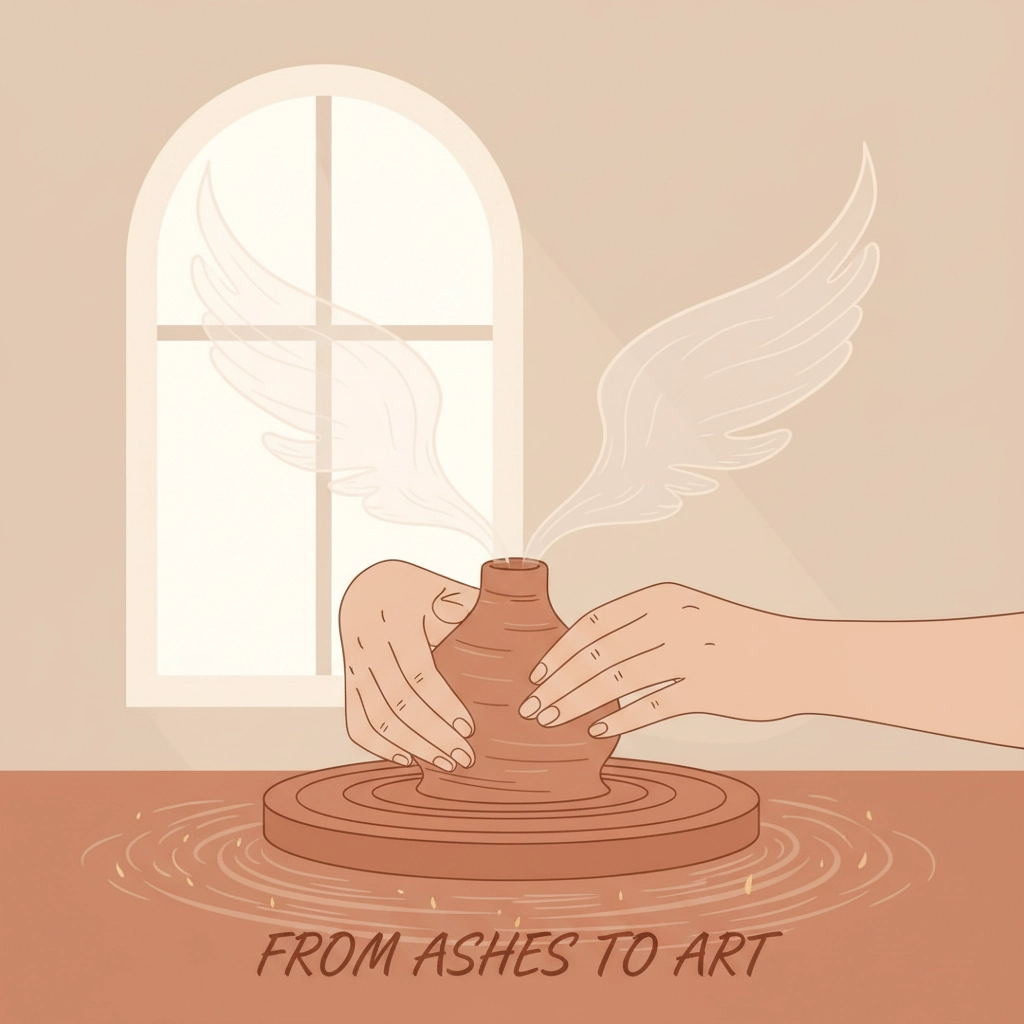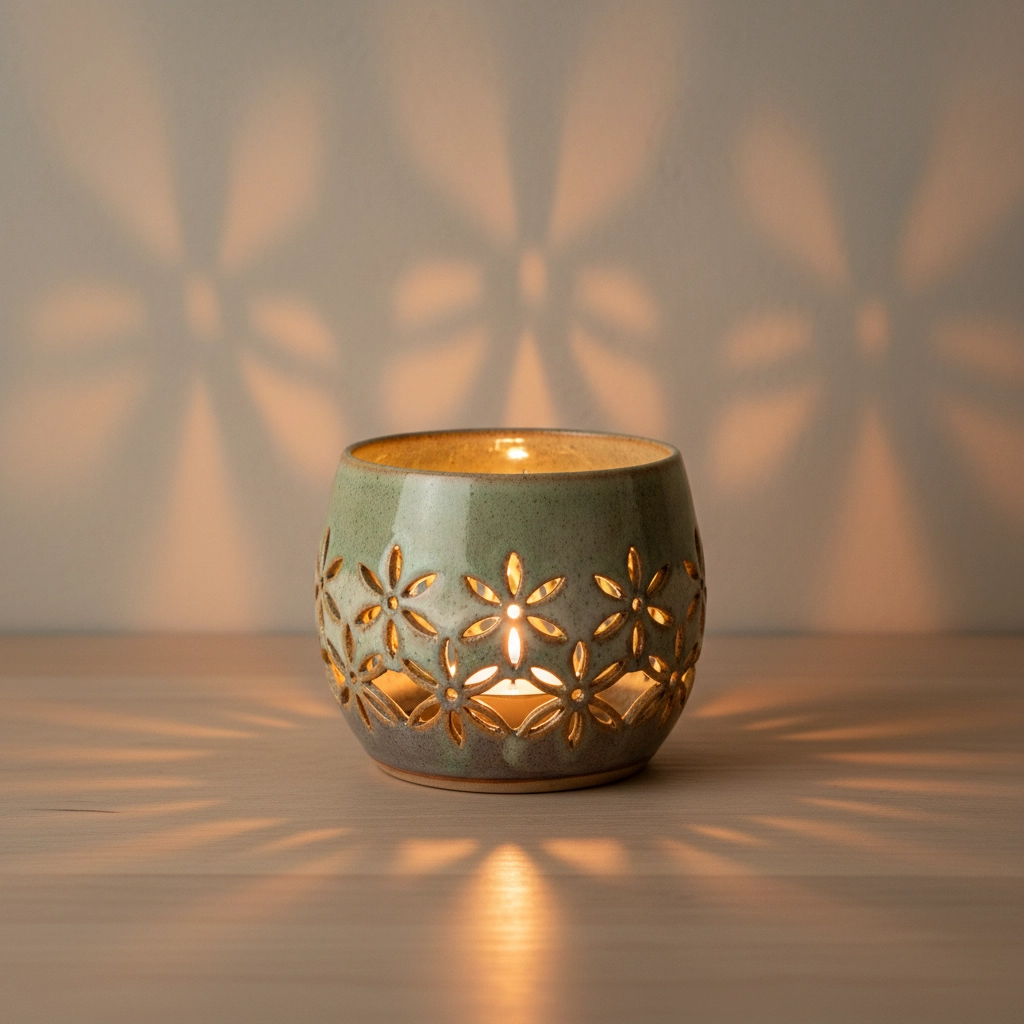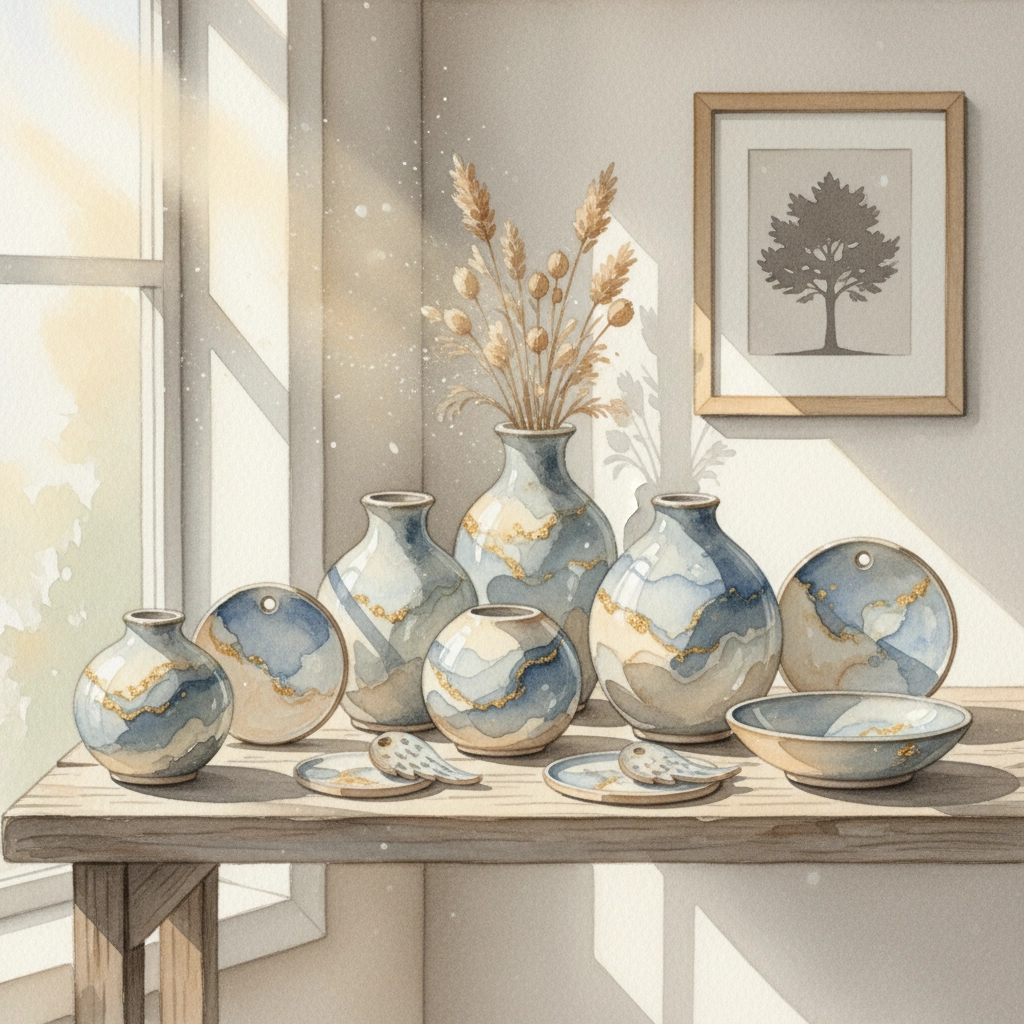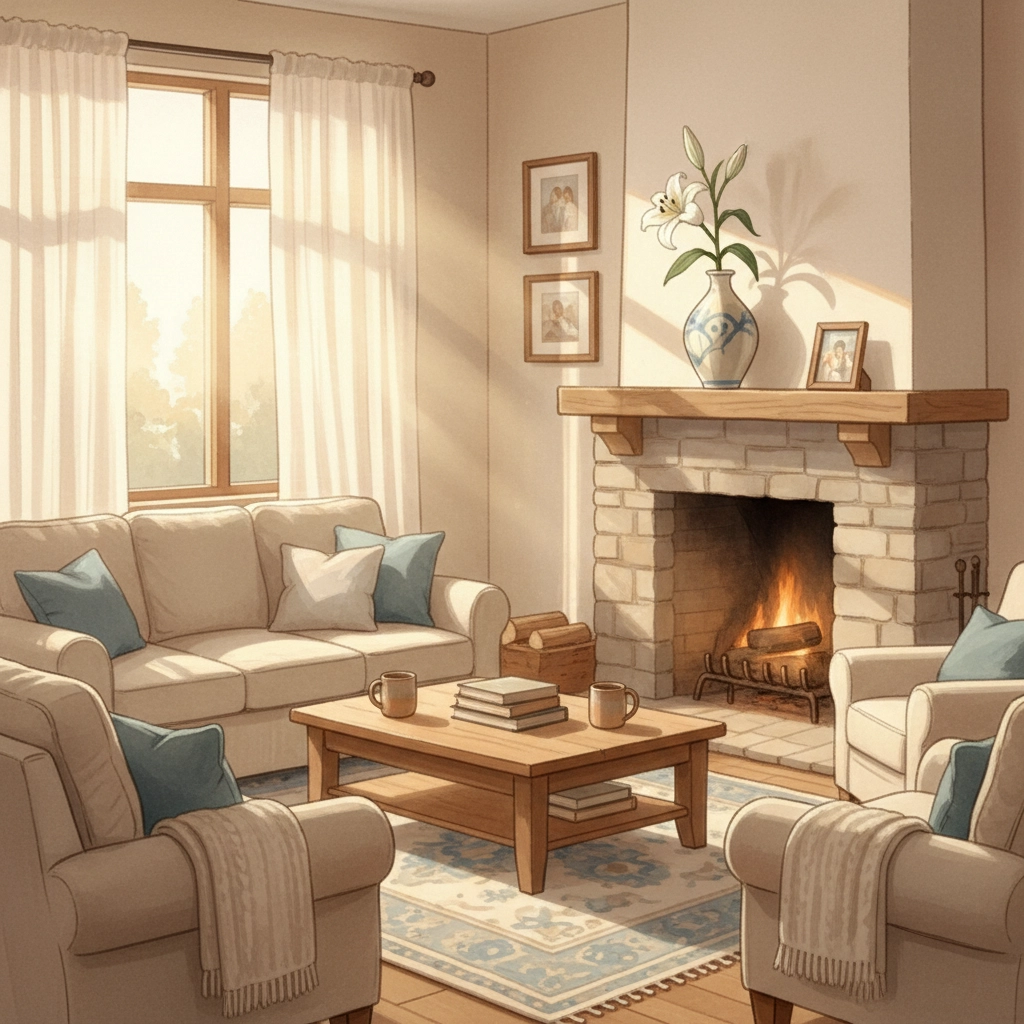
When we lose someone we love, finding the right way to honor their memory can feel overwhelming. Traditional urns often sit tucked away on shelves, creating distance when what we really crave is connection. That's where ceramic memorials come in: transforming cremated remains into beautiful, functional art pieces that keep our loved ones close in our daily lives.
I've seen firsthand how this unique approach to memorialization can bring comfort to grieving families. Unlike conventional memorial options, ceramic pieces created with ashes become living tributes that you can touch, display, and interact with every day.
What Are Ceramic Memorials?
Ceramic memorials are handcrafted pottery pieces that incorporate cremated remains into custom ceramic glazes for each piece. Instead of simply storing ashes, this artistic approach transforms them into beautiful, functional objects like vases, ornaments, or decorative pieces—where the ash-infused glaze helps create a look that's unique to your loved one.
The process uses a sophisticated technique that fuses the mineral content of cremated remains into ceramic glazes at extremely high temperatures. Because the ashes are in the glaze, they influence color, marbling, and texture, making each memorial truly one-of-a-kind.
Types of Ceramic Memorials You Can Create
The versatility of ceramic art means virtually any shape or functional item can become a memorial. Here are some popular options:
Decorative Vases and Vessels
From small bud vases perfect for a single flower to larger statement pieces, these functional memorials can hold fresh flowers or simply serve as beautiful displays.
Christmas Ornaments
These small, intimate pieces create annual reminders during holiday celebrations. We can even personalize them with details like paw prints for beloved pets.
Functional Pieces
Items like mugs or candle holders integrate seamlessly into daily life, allowing you to maintain a close connection through everyday use.
Luminarias and Light Features
Our Floral Luminaria creates a warm, gentle glow that can bring comfort during quiet moments of remembrance.

Why Choose Ceramic Over Traditional Options?
Traditional urns can feel impersonal: containers that sit passively while families struggle with what feels like an emotional gap. Ceramic memorials bridge that gap by transforming ashes into interactive objects that invite connection.
As one of our clients, Bronwyn Morris, shared about her ceramic memorial for her beloved pitbull-mix Olive: "The light blue ceramic ornament with a paw print brings me daily comfort and smiles. It's more than decoration: it's a tangible way to maintain connection."
The durability factor can't be overlooked either. Properly fired ceramic pieces can last for generations, creating permanent memorials that can be passed down through family lines. This longevity, combined with unique aesthetic qualities, creates memorial objects that serve both immediate emotional needs and long-term heritage preservation.
The Creation Process: What to Expect
Creating a ceramic memorial is deeply personal, and I believe in making the process as supportive as possible. Here's what typically happens:
Initial Consultation
We'll start with an online consultation where you can select colors and shapes from available options. This gives us a chance to understand your vision and answer any questions.
Collection Kit
I'll mail you a collection kit with detailed instructions. You'll only need a small amount of cremated remains: enough to create multiple pieces if desired while preserving ashes for other memorial purposes.
The Creation Process
Back in my studio in Ardmore, Pennsylvania, I prepare the clay pieces according to your specifications. Multiple coats of base color are applied before your custom, ash-infused glaze is carefully blended and applied. The ashes in the glaze influence the final patterns and tones of the piece. This process usually takes about a day to ensure proper adhesion and prevent any issues.
Firing and Finishing
The piece goes through multiple kiln firings at extreme temperatures. The entire process typically takes several weeks from initial consultation through final delivery.

Real Stories: How Ceramic Memorials Bring Comfort
Every ceramic memorial I create carries a story. Take the Morris family: after fifteen years with their beloved Olive, they wanted something more meaningful than a traditional urn. The ceramic ornament we created doesn't just sit on a shelf; it brings smiles and comfort as part of their daily life.
Or consider the growing trend globally. With cremation rates reaching 99.97% in Japan, 76.7% in Canada, and 61.8% in the United States, families are increasingly seeking more meaningful alternatives to traditional ash storage. This reflects broader cultural shifts toward personalization and meaningful remembrance practices.
"The uniqueness of each memorial stems from the individual chemical composition of cremated remains. No two pieces will ever be identical because the specific blend of minerals in each person's ashes creates distinct color interactions and patterns when fired in the kiln," explains the science behind why each piece truly represents your loved one in an irreplaceable way.
Making Memorial Art Accessible
I came to this work through personal experience: I first used ash-to-ceramic techniques over a decade ago with my aunt's ashes. That experience taught me how transformative this process can be, and it's why I specifically aim to make fine art accessible to families who might otherwise find such pieces financially out of reach.
This isn't about commercializing grief; it's about democratizing meaningful remembrance options so they aren't limited by economic circumstances. Every family deserves the option to create something beautiful and lasting.

Caring for Your Ceramic Memorial
Ceramic memorials require minimal maintenance but will reward you with lasting beauty. Keep them away from extreme temperature changes and handle them with the same care you'd give any fine ceramic piece. The firing process makes them quite durable, but like all pottery, they can break if dropped or struck.
Regular dusting with a soft cloth keeps them looking their best. If you choose functional pieces like vases, they can absolutely be used with water and fresh flowers: that's part of their beauty as living memorials.
The Future of Memorial Art
As more families discover ceramic memorials, I'm excited about the possibilities ahead. Each piece I create teaches me something new about the intersection of art, science, and human connection. The field continues to evolve with new techniques and approaches, but the core mission remains the same: helping families create meaningful, lasting connections with those they've lost.
Whether you're considering a small ornament or a larger decorative vase, the goal is the same: transforming loss into something beautiful that honors memory while bringing daily comfort.
Ceramic memorials represent more than just an alternative to traditional urns. They're a way to keep love alive in tangible, beautiful form. In a world where we often feel disconnected from those we've lost, these pieces create bridges: between memory and presence, between art and love, between grief and healing.

